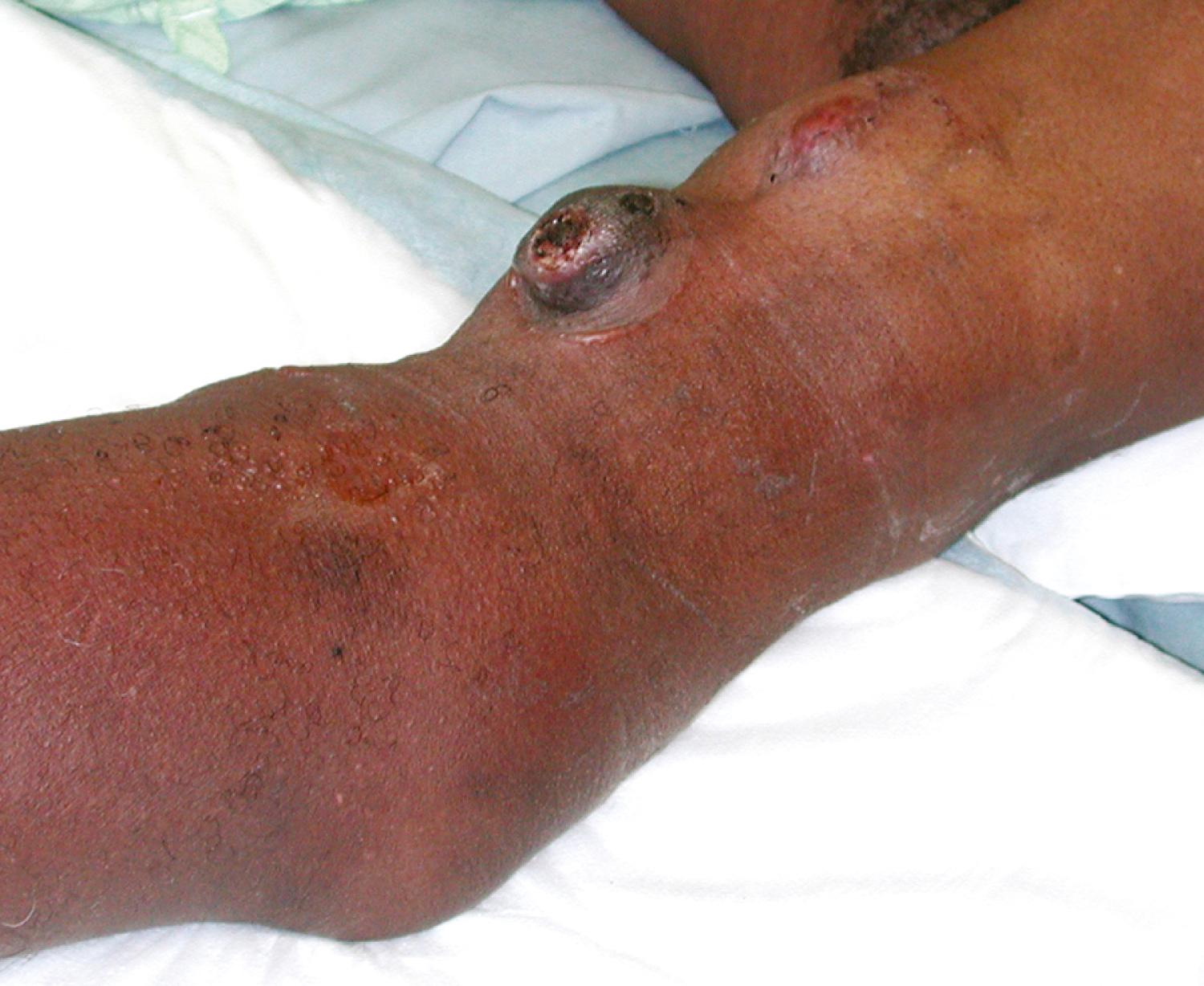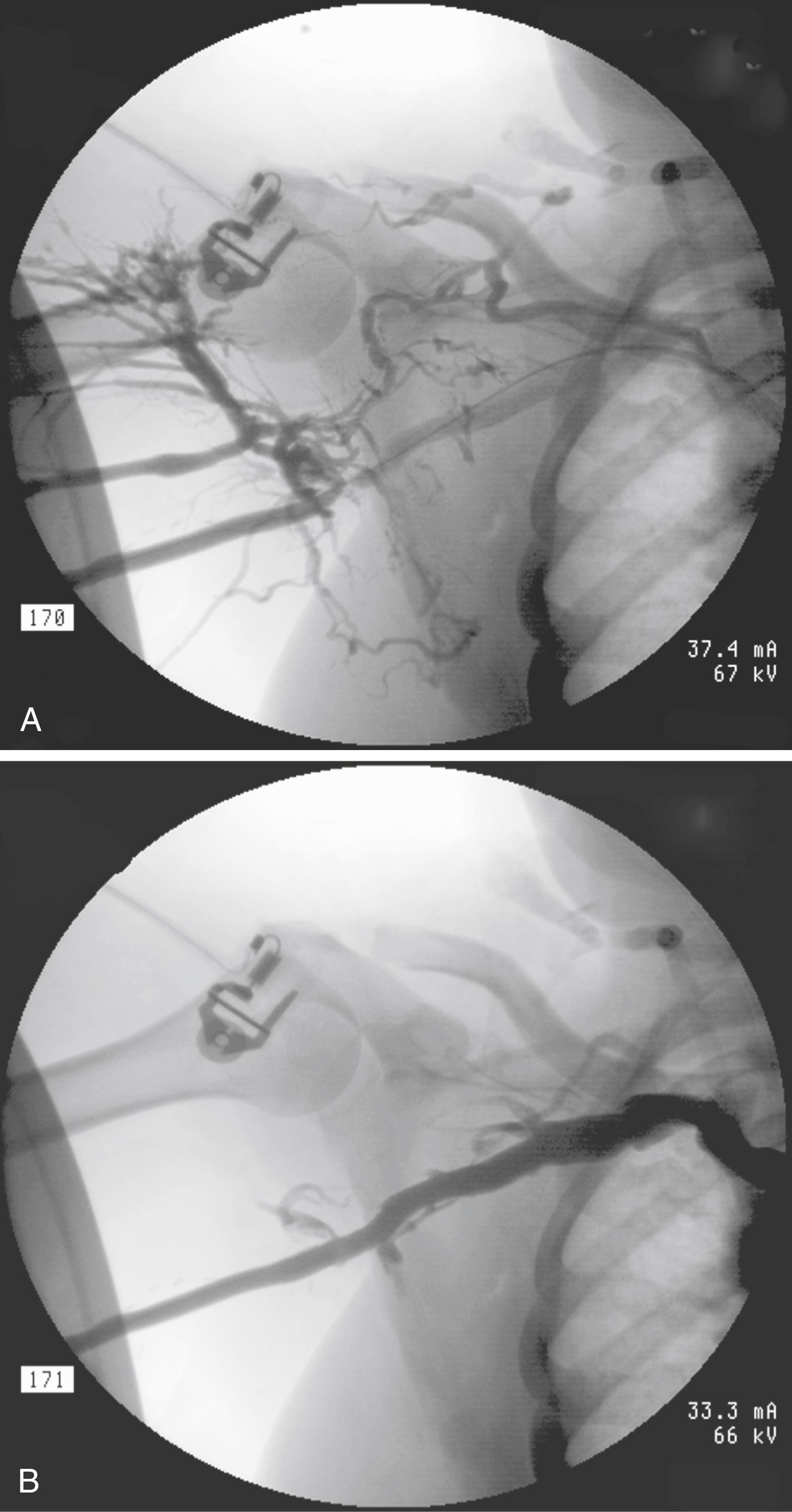Physical Address
304 North Cardinal St.
Dorchester Center, MA 02124
The maintenance of arteriovenous (AV) hemodialysis accesses in patients with end-stage kidney disease (ESKD) requires as much thought and consideration as their initial creation in order to individualize patient care and preserve future access options. The ESKD Life-Plan, a key concept detailed in the 2019 KDOQI Guidelines for Vascular Access, recommends the development of a written short- and long-term access plan with the patient and interdisciplinary team that is individualized to meet the patient’s overall goals of care.
The long-term management of all dialysis patients should focus on preserving the adequacy of their dialysis treatments for as long as possible with limited interruption and minimal intervention while having a plan for succession in the future.
The flow disturbances, hemodynamic changes and cannulation injury associated with an AV access can initiate the development of progressive intimal hyperplasia (IH) resulting in luminal stenosis and a reduction of blood flow within the AV access circuit. Clinically significant IH occurs primarily at the venous anastomosis of a prosthetic AV access ( Fig. 177.1 ) and at “swing segments” of an autogenous AV access ( Fig. 177.2 ). The swing segment is the part of the native vein that is circumferentially dissected and mobilized for anastomosis with the inflow artery. Intimal hyperplasia and resulting stenosis can also involve the ipsilateral central veins (e.g., subclavian), even in the absence of previous indwelling catheters. Interestingly, some patients develop intractable IH with the early onset of a critical stenosis, whereas others have a more limited response without any significant hemodynamic impact. The underlying mechanisms responsible for AV access IH are thought to be initiated by surgical trauma and shear stress with resulting biologic response in the vessel. The exact mediation of this process is still being elucidated but it occurs in the majority of patients with autogenous or prosthetic dialysis access.
The optimal management of progressive AV access IH is contingent upon detection of access flow dysfunction. A trending decline in dialysis adequacy measurements such as a urea reduction ratio of <65% and Kt/V, or abnormal recirculation, can indicate dialysis access flow dysfunction when combined with an abnormal physical examination. Kt/V can be quite useful to determine the adequacy of dialysis, where K is the rate of clearance of urea, calculated from the pre- and postdialysis measurements; t is the duration of dialysis; and V is the patient’s volume of water. In this fashion, the “dose” of dialysis in a given session can be calculated. A Kt/V of 1.2 or greater is the standard for dialysis adequacy.
A dysfunctional AV access affects the prescribed dialysis dose in several ways. Adequate access blood flow is needed to meet a typical U.S. dialysis prescription which generally includes a dialysis machine pump speed of 350 mL/min or greater. A high pump speed allows the dose of dialysis to be delivered over a shorter time. Recirculation, the retreatment of blood already filtered by the dialysis machine, can be insidious, often showing up as poorer solute clearances with each subsequent dialysis treatment. , Ultimately, an unexplained decrease in the delivered dialysis dose without a change in dialysis prescription should prompt a referral for evaluation of the AV access.
A functional AV access requires flow rates that exceed the pump speed of the dialysis machine. With standard U.S. dialysis machine pump speeds between 400 and 450 mL/min, AV access flows of 650–1000 mL/min are needed to avoid recirculation. In addition, adequate cardiac output is essential to maintain these flow rates. If cardiac output is marginal, decreased access flow may occur over the course of the dialysis session because of decreased preload associated with fluid removal during dialysis. Limitation of the access flow, by whatever mechanism, results in the recirculation of already dialyzed blood to the dialysis machine, greatly limiting the effectiveness of dialysis. , , Recirculation can result when the arterial needle pulls blood that has just been returned to the patient via the venous needle. This partially dialyzed blood is then dialyzed a second time, with decreased removal of substrate caused by lower concentrations in the partially dialyzed blood. This results in a decreased effective dialysis dose, with a longer duration of dialysis required to achieve the same clearance.
A venous outflow stenosis is often indicated by an abnormally elevated venous pressure measurement during dialysis. The dialysis machine venous pressure transducer measures the resistance of the blood returning to the access. The maximum pressure tolerated is generally around 300 mm Hg and a venous alarm is triggered when this is reached. Dialysis personnel will troubleshoot the venous line or needle and/or reduce the pump speed to maintain flow through the extra-corporeal circuit in the event of high venous pressure readings. If an AV access stenosis is present, the patient may experience recirculation and a decrease in Kt/V. Clinically, venous outflow stenosis may be associated with prolonged bleeding from cannulation sites. Examination of the access may demonstrate excess pulsatility and decreased thrill.
Arterial inflow stenosis can similarly limit flow through the AV access, but in this case, both needles are on the “venous side” of the stenosis. A clinically significant arterial inflow stenosis can be identified on physical exam by a weak pulse in the access and decreased thrill, poor access augmentation with outflow compression and elevated arterial pressure during dialysis. The arterial pressure transducer, measuring the pressure of blood coming out of the arterial line, will be an abnormally high negative number as the pump tries to “pull” blood across the stenosis, indicating inadequate inflow into the AV access.
Another important cause of recirculation is inadequate separation of the cannulation needle tips. Access needles are typically one inch in length and 16 gauge (or 17 gauge in new autogenous arteriovenous fistulas) and placed in opposite directions to assure that the tips are separated by at least three inches. Recirculation can result from inadequate cannulation zone length from limited transposition or inability of adequate needle rotation due to limitations from excessive AV access depth.
Aneurysms or pseudoaneurysms may adversely impact the efficiency of dialysis. Rotation of needle stick sites can reduce the incidence of pseudoaneurysm formation. If aneurysms/pseudoaneurysms are excessively large, recirculation can occur because of the stagnant flow within the pseudoaneurysm. In addition, pseudoaneurysms can be problematic because they are often the sites of infiltration and bleeding ( Fig. 177.3 ).

If the vein is too deep or too small in diameter for reliable cannulation (exact numbers subjective as expertise of personnel differ, but generally deeper than 6 mm and smaller than 5 mm), dialysis may be problematic, even with adequate flow. In a morbidly obese patient with ESRD, a vein of any size may be inadequate because of the excessive depth from the overlying skin and soft tissue through which the vein must traverse. In these patients, superficial transposition or “elevation” of the vein conduit may be necessary to allow maturation and reliable cannulation.
For both autogenous and prosthetic AV accesses, the most common cause of access failure is the development of venous outflow stenosis or stenosis of the autogenous access itself resulting from IH. Additional factors that can contribute to access failure and thrombosis include systemic hypotension, underlying thrombophilia, limited cardiac output, or trauma to the access itself with repeated cannulations. Dialysis access-related steal syndrome may also lead to an inability to use the AV access due to discomfort and pain and may require further surgical intervention for inflow revision or ligation for limb ischemia.
Central venous stenosis may result from protracted use of devices residing in the central veins such as central venous catheter use, pacemakers, and defibrillators and it is commonly revealed once a high flow, ipsilateral autogenous or prosthetic access has been placed ( Fig. 177.4 ). The higher volume flow associated with an ipsilateral dialysis access may exceed the venous outflow capacity depending on the adequacy of collateral vein development. Central venous stenosis can lead to chronic venous hypertension. Stenoses may be located anywhere in the deep venous system from the subclavian vein to the superior vena cava, but is particularly common at sites of compression and turbulence, such as at the thoracic outlet (sometimes referred to as thoracic inlet in dialysis circles). Another unavoidable factor that contributes to access failure is the necessary puncture of the conduit that leads to IH. Finally, IH occurs at the venous anastomosis of prosthetic AV access, theoretically aggravated by the excess turbulence associated with the size and compliance mismatch between the prosthetic graft and the outflow vein (see Ch. 5 , Intimal Hyperplasia).

Vascular surgeons are frequently asked to evaluate failing vascular access when dialysis cannot be effectively accomplished. The dialysis center may report difficulty sticking the access, elevated venous pressure, prolonged bleeding after decannulation, excessive recirculation, high negative inflow pressure or a combination of factors all resulting in ineffective dialysis. The vascular surgeon should obtain as much information as possible from the dialysis unit in order to more accurately determine the surgical cause and develop an appropriate remediation strategy.
Following an appropriate history, assessment of the vascular access continues with the physical examination, which with practice can be a reliable indicator of access function. On inspection, skin integrity should be intact, without areas of discoloration or vitiligo, scabbing or infection, and there should not be swelling or collateral veins, which may indicate central venous stenosis. The presence of isolated ipsilateral chest wall, shoulder or arm/hand edema may be a sign of elevated venous pressures due to venous stenosis or occlusion. On arm elevation, an autogenous access should completely collapse, but when there is outflow stenosis, the access remains distended. When the outflow vein is compressed, the pulse in an autogenous access should augment. On palpation, a continuous thrill should be present near the arterial anastomosis, and continue several centimeters into the outflow vein. The outflow vein should be easy to compress. If the access is excessively pulsatile, then a venous outflow stenosis is likely. In most cases, a thrill distal to an area of pulsatility suggests the location of the stenosis. Pseudoaneurysms of the access may result in local pulsatility in the areas of enlargement, independent of venous outflow issues. On auscultation, the access should have a continuous low pitch systolic and diastolic bruit. In the presence of stenosis, the bruit is often high pitch, and noted during systole alone.
Various clinical signs and symptoms may reflect access dysfunction and include difficult or painful cannulation, decrease in delivered dialysis dose, inability to achieve target blood flow, dialysis machine arterial or venous pressure alarming, and prolonged bleeding at the needle puncture sites upon decannulation. The presence of a clinical indicator in conjunction with an abnormal physical examination of the access should prompt further evaluation with duplex ultrasound and/or angiography to treat any underlying stenosis and prevent thrombosis (see the section “Interventions for Failing Access”, below).
Become a Clinical Tree membership for Full access and enjoy Unlimited articles
If you are a member. Log in here